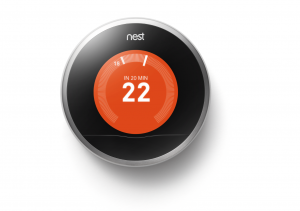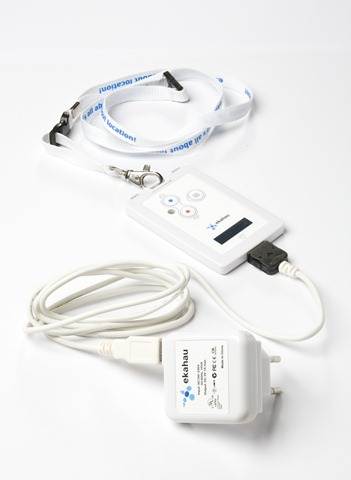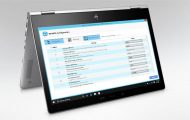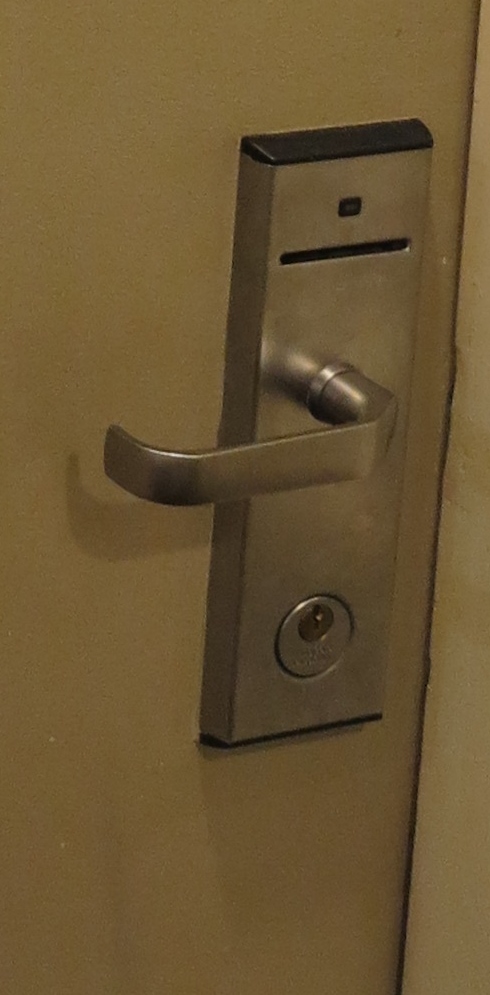Article

Z-Wave now requires a secure-by-design approach for Internet Of Things devices using its technology like these room thermostats
IoT gear will need better security to win a Z-Wave badge | PC World
Previous coverage on this topic
A Clear Reality Surfaces With The Internet Of Things
EU wants to establish a security baseline for Internet Of Things
August responds to its smart lock’s security weaknesses by patching its software
My Comments
The recent Mirai botnet denial-of-service cyber-attacks including an attack against a data-security journalist have raised serious questions regarding designing the software for dedicated-purpose devices like network-infrastructure devices and the “Internet Of Things”. Here, it raised concern regarding default or hard-coded passwords along with poorly-maintained software as being a few of the issues that lead to lax security proactices for the dedicated-purpose devices.
This led to the European Union wanting to call a baseline standard for device-software security, with a customer-facing indicator similar to energy-efficiency labels on appliances or nutrition-rating labels on foodstuffs. Here, the standard wanted to look at “default-for-security” setup routines along with the issue of software maintenance.
But Z-Wave who establish a short-range wireless-connectivity standard for home-automation devices have had to answer this issue by requiring that devices using this technology implement their Security 2 (S2) secure-operations framework before the device can wear the Z-Wave logo. It is similar to various standards logos like Dolby noise reduction, DLNA or HDMI where equipment has to be compliant to these standards before they can show these logos and customers can see that logo as an indicator of compatibility.
Here, the requirement includes the use of a human-readable PIN number and/or a machine-readable QR code for authenticating devices to a Z-Wave network. As well, Z-Wave setups must implement a strong secure key exchange along with implementation of a Transport Layer Security 1.1 data tunnel for IP setups. It is mandatory for the endpoint devices like light bulbs, light switches and thermostats along with “hub” and similar devices that connect Z-Wave devices to the home network and Internet.
A question that may be raised with certain device classes like smart locks or security systems is whether a PIN number that you set using the device’s control surface, especially an “administrator” or “master” PIN number, does constitute a PIN number for the Security 2 (S2) framework.
At the moment, what Z-Wave have done is to address the issue of “secure setup” for this class of device. They haven’t dealt with the issue of software maintenance which is still a thorn in the side for dedicated-function devices and this may be something that others in the industry may need to deal with.



